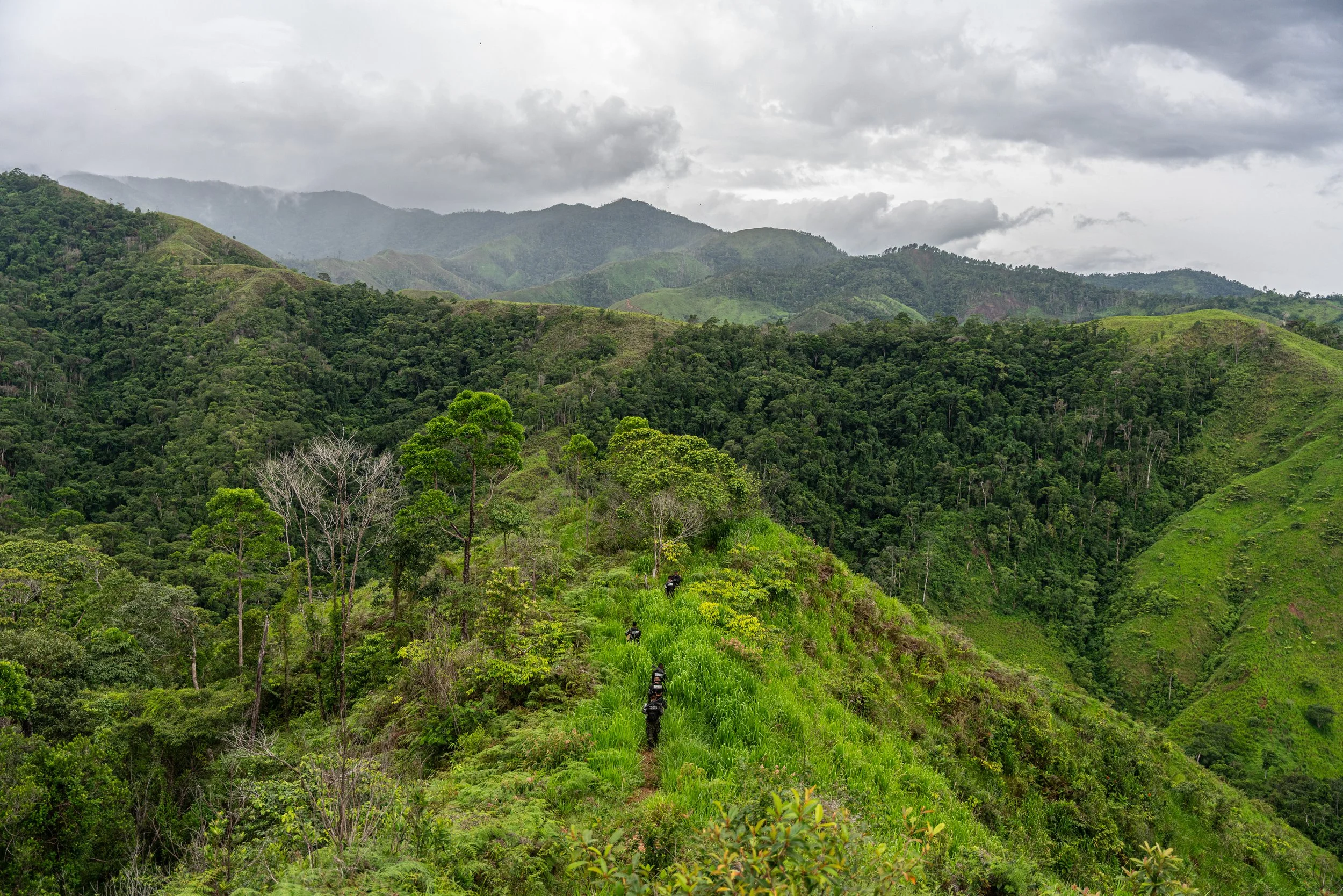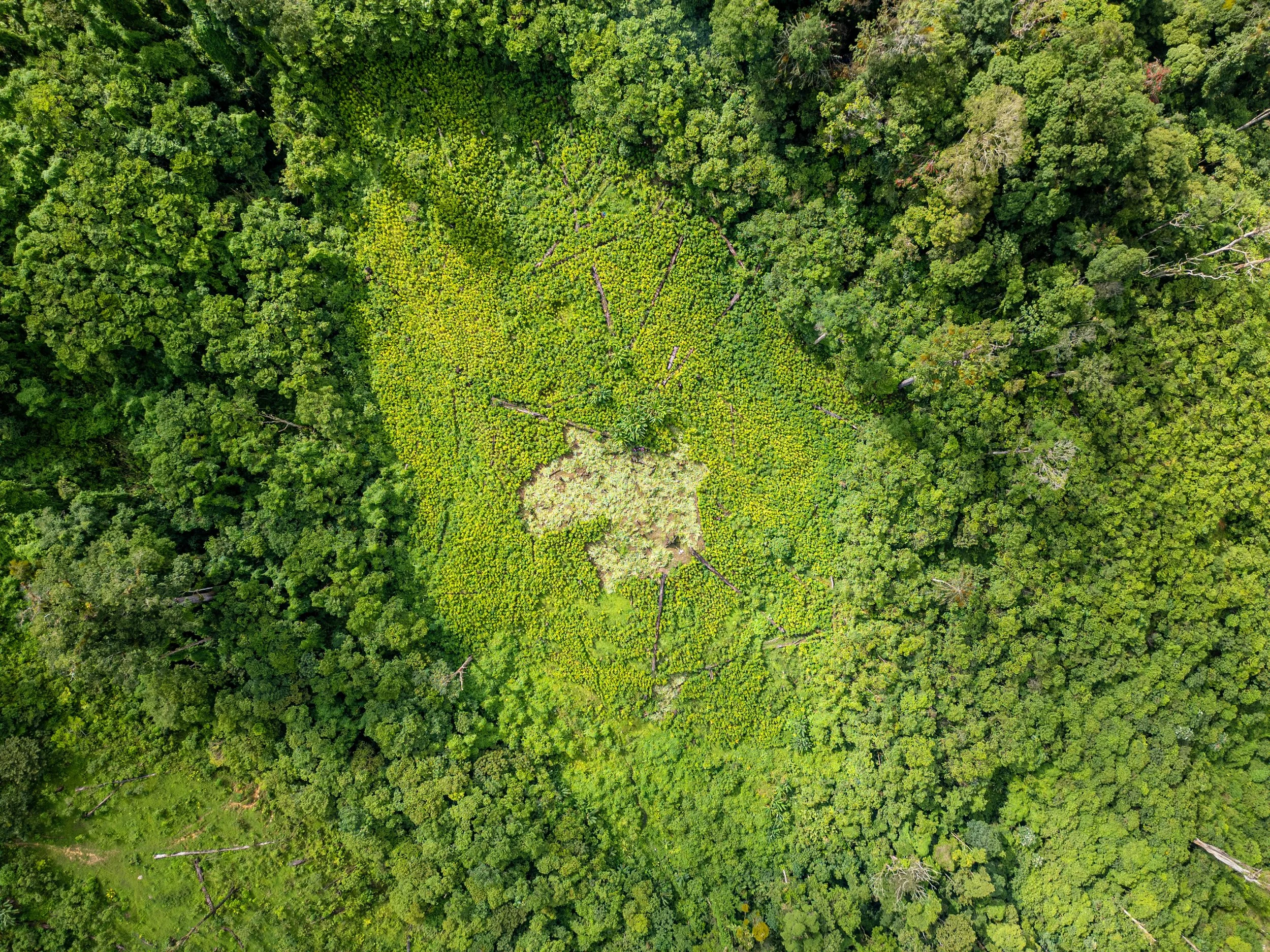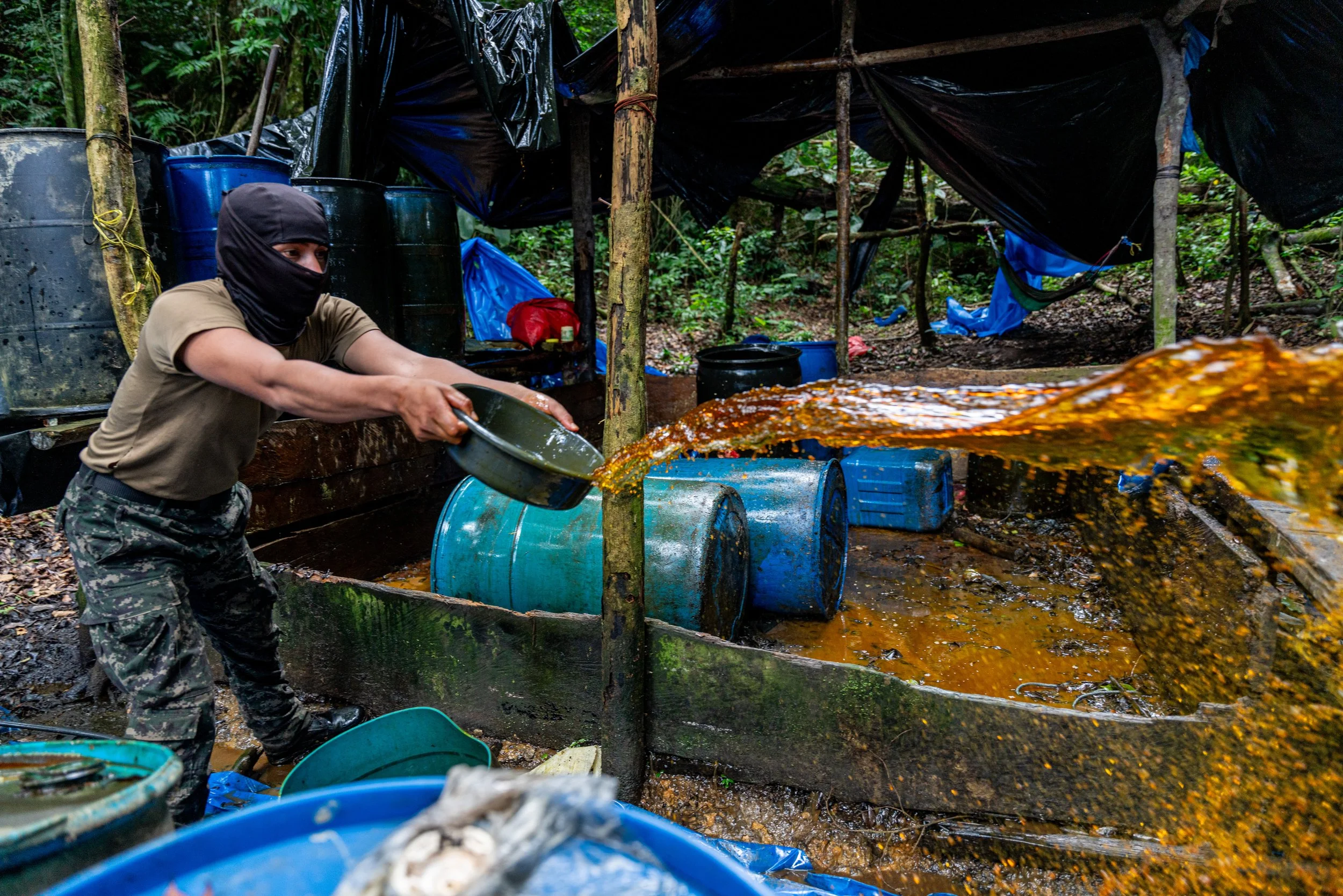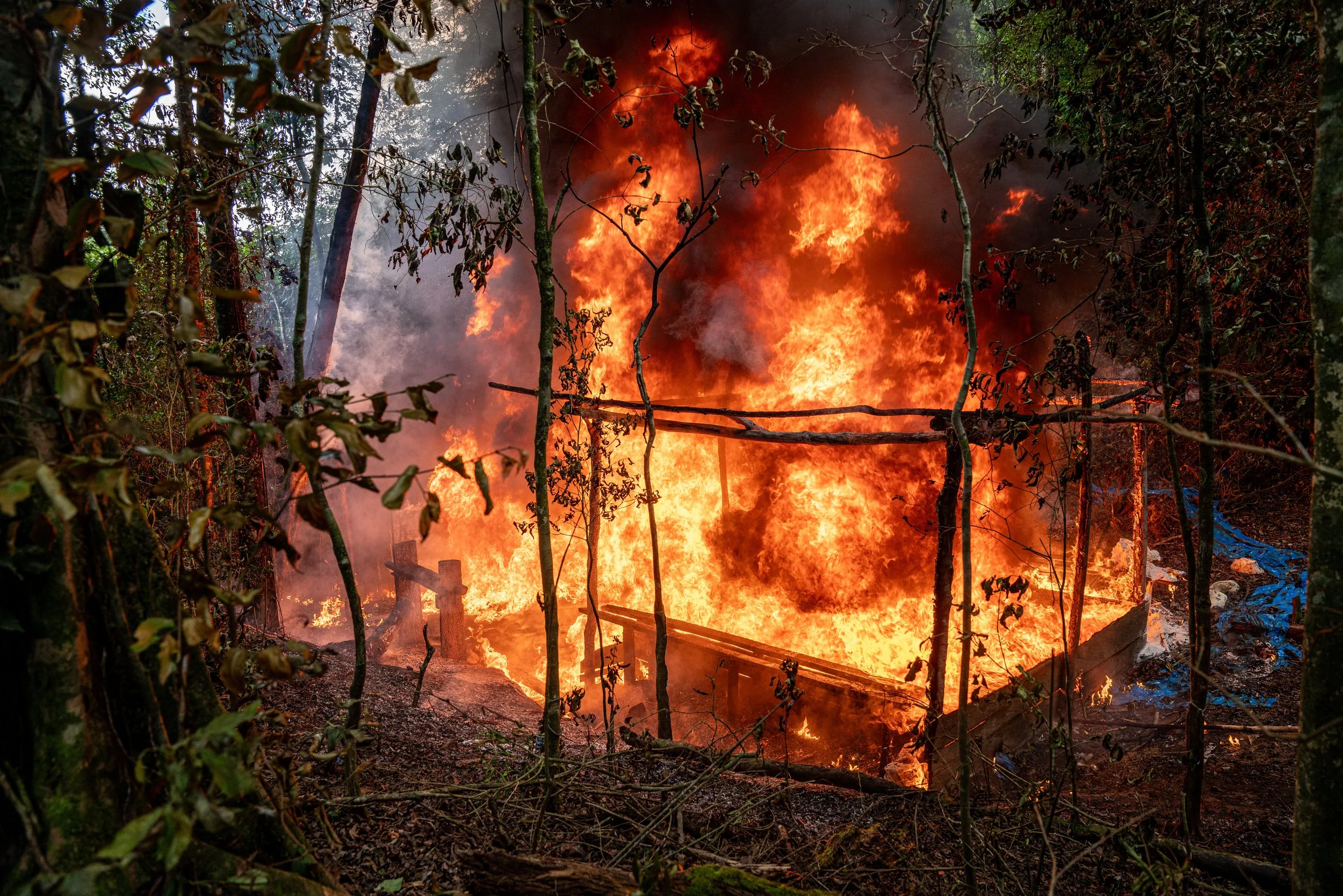Breaking the Cocaine Commodity Chain: Inside Honduras’ New War on Coca
Published with…
Researching with…
Description:
For decades, the coca plant—a primary ingredient in cocaine—was thought to thrive only in the Andean regions of South America, with Colombia dominating global production. That monopoly is breaking. Since 2017, coca cultivation has spread exponentially across Central America, with plantations emerging in Honduras, Guatemala, and Belize.
In 2022 alone, Honduran authorities destroyed over 6.5 million coca plants, alongside millions more in neighbouring countries. Yet, the surge shows no signs of slowing. By mid-2024, Honduras had identified and eradicated nearly double the number of plantations compared to the previous year, with record numbers of processing labs dismantled across the region.
This shift in coca production is driven by strategic “outsourcing” by Mexican cartels seeking independence from their fraught alliances with Colombian cartels. Coca grown in Honduras offers logistical advantages, cutting cocaine trafficking costs to the U.S. by up to 50%, potentially transforming the global cocaine commodity chain.
The response by Honduran authorities has been challenging and resource-strapped. Military intelligence relies on identifying coca plantations by their distinctive green hue, often trekking through remote, cartel-controlled regions to destroy crops. Despite these efforts, arrests are rare. Farmers detect military movements long before their arrival, leaving behind abandoned plantations for the military to dismantle.
This photo series captures the frontline of a conflict that pits a nascent coca industry against an under-resourced government. It documents the high-stakes raids by Honduran soldiers, the sprawling plantations hidden in dense jungle, and the precarious lives of communities caught in the crossfire.
As Honduras stands at a crossroads, the decision looms between replicating the militarized tactics of Colombia’s controversial “Plan Colombia” or exploring alternative, progressive policies. With coca cultivation no longer in its experimental phase, Central America is poised to become a critical player in the cocaine supply chain. This story delves into a region grappling with a rapidly evolving coca economy that may redefine the drug trade for years to come.














